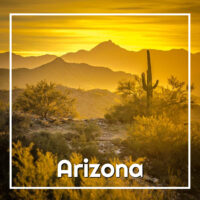Last updated on January 28th, 2023
This story is from 2016. Since that time, the Salt River horses gained protection and the herd has grown greatly. However, the horses no longer have access to the area where I photographed them back then. This cacti-studded meadow is now a horrid tangle of cholla.
Having learned that a herd of wild horses roamed not far from our Airbnb near Arizona’s Superstition Mountains, we headed out early a couple of mornings to see if we could find them. This was a no-fail proposition for me: The Salt River horses live in a fascinating landscape — I was sure to get a few good photos even if I never saw a single horse!
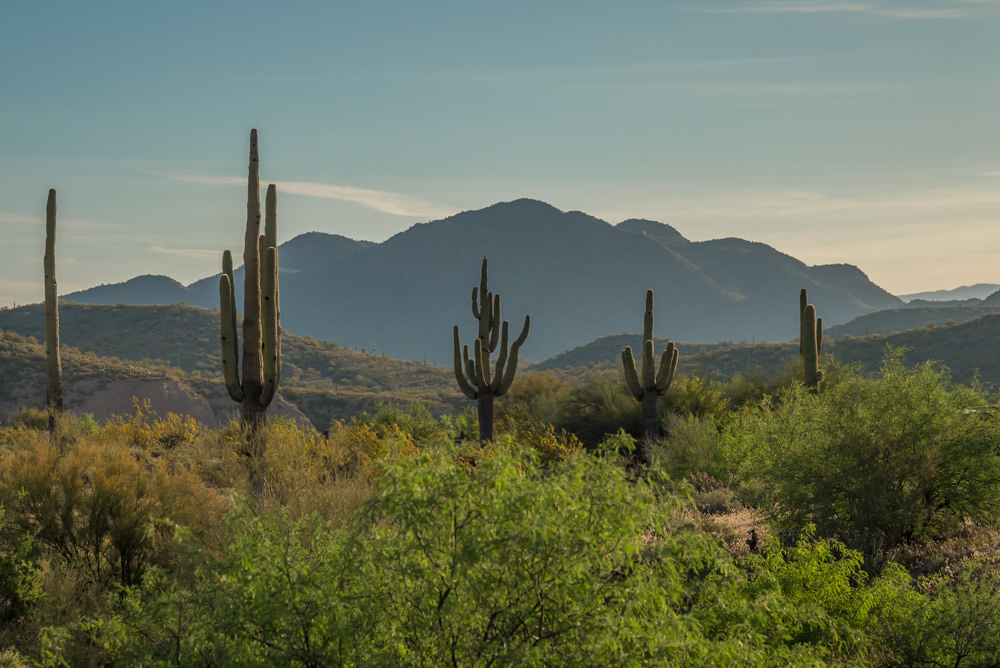
We started out on two days at the river around dawn, but didn’t find any horses there. I think we might have just missed them!
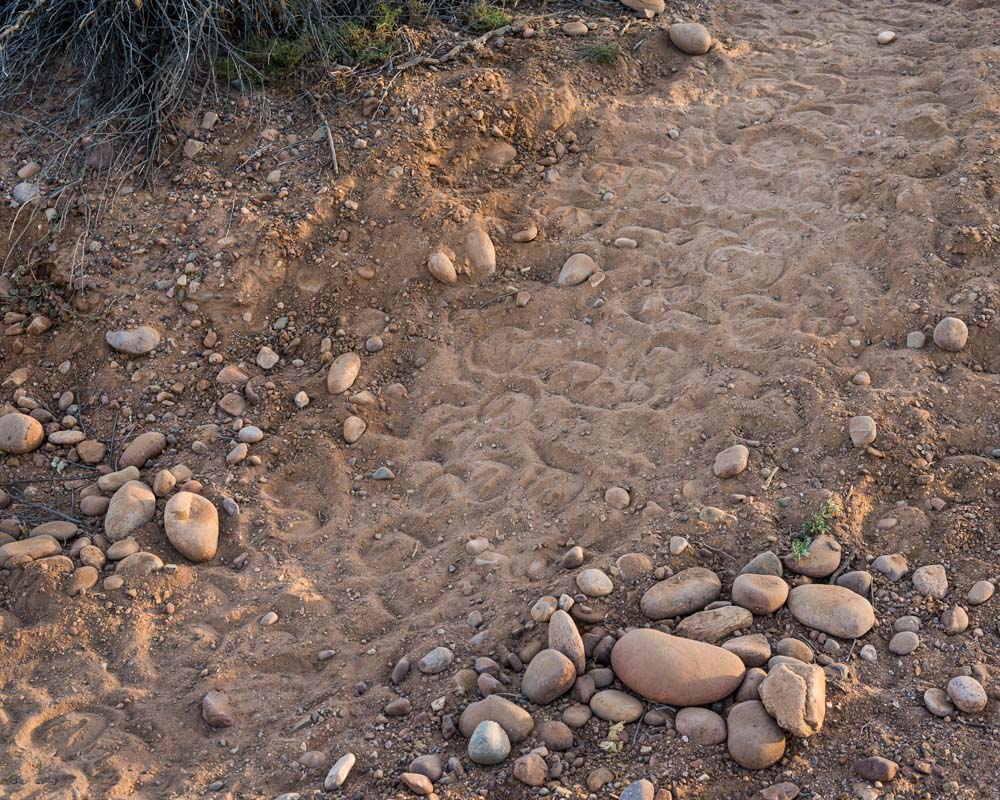
But the horses weren’t hard to find, as each day there was a (different) group grazing in the cactus-filled meadow just beyond Salt River Tubing’s enormous parking lot.

The horses appeared to be acclimated to their human spectators, at the same time ignoring them and subtly moving away from them as they grazed.
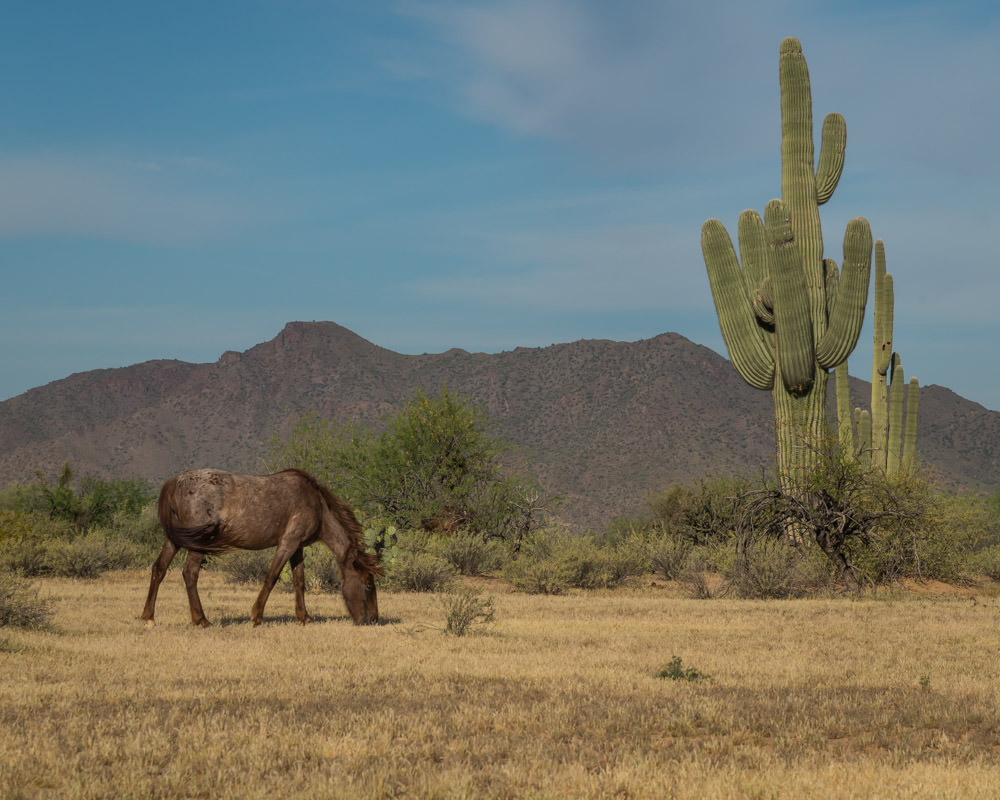

The horses were beautiful, but I particularly enjoyed watching the foals. (There was one in each of the groups we saw.) Not only did they have that irresistible baby-animal cuteness, but they were more active than the rest of the herd since they weren’t focused on grazing. My favorite was one that kept scanning the area and repositioning itself in an attempt to keep the mare firmly between it and the closest photographer!
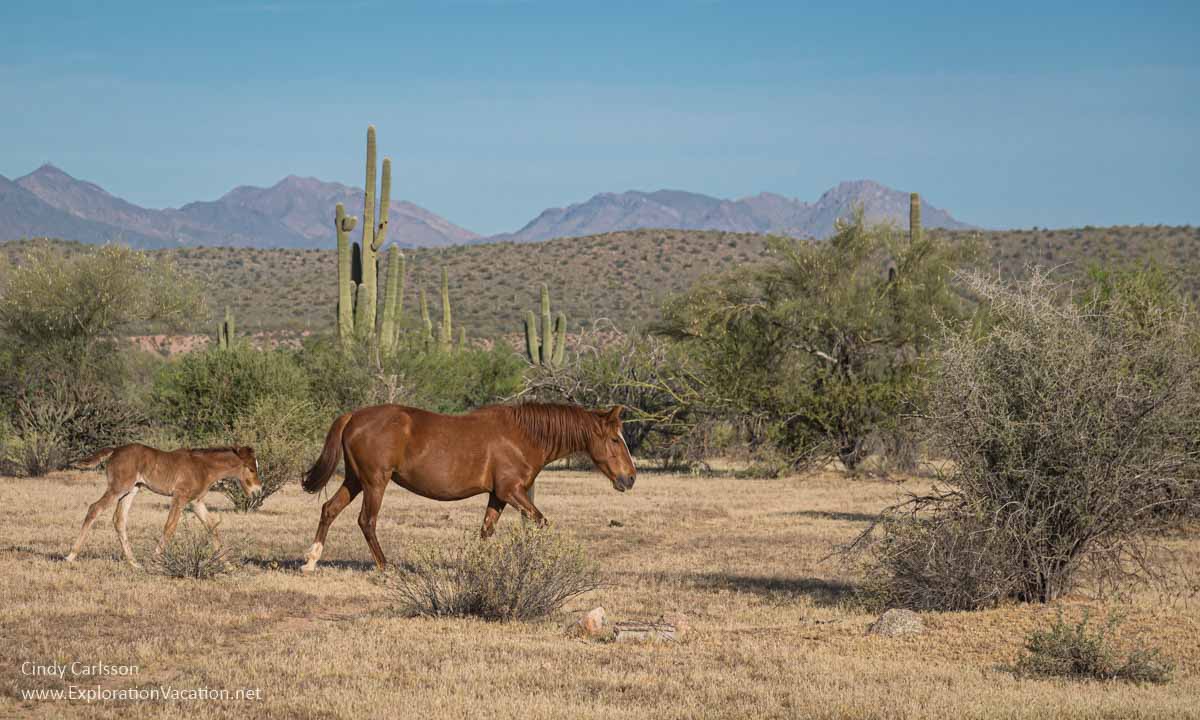
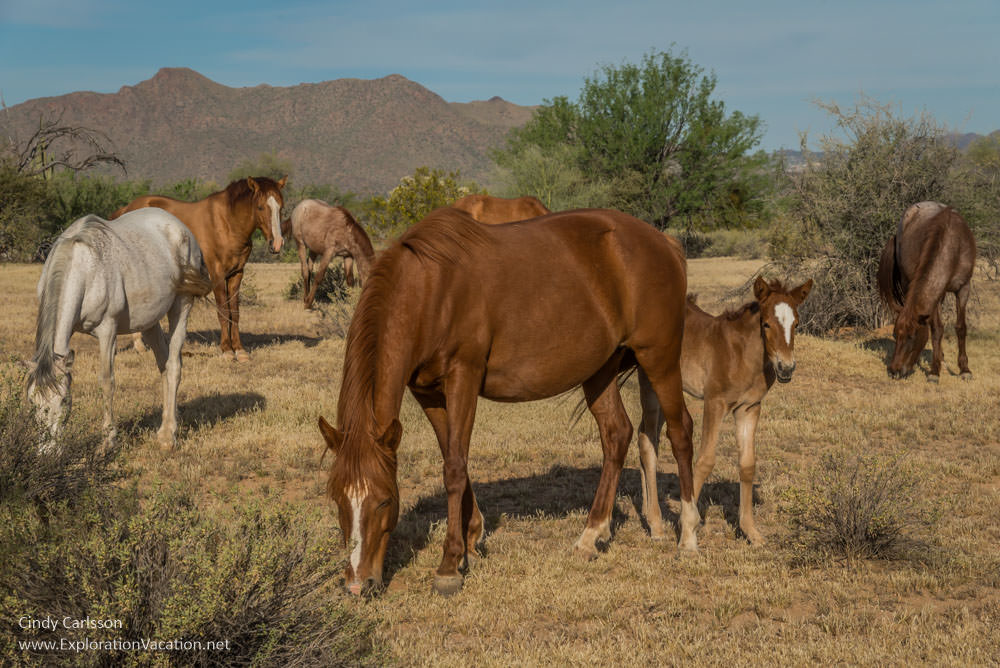
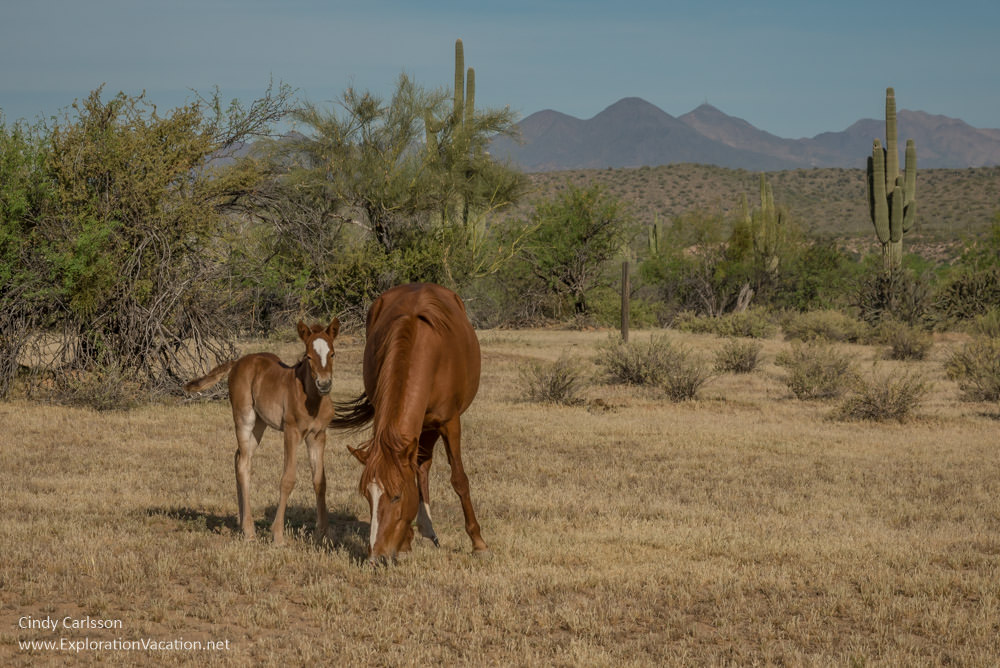
(You could get nice pictures if you moved away from the other photographers. . . and then waited.)
I’m sure it’s only a matter of time until this little one is comfortable with people milling about. That’s probably a good thing (even for a “wild” horse), as these horses aren’t a local secret anymore. They’re a popular attraction, especially in summer, when seeing them is often the highlight of a day spent floating on the river. They are also at the center of a controversy not just about what will become of them (a proposal to remove them was put on hold late last year), but about who decides how these public lands – and the creatures living there – will be managed. It’s a lot of attention.
For the time being, the horses continue to roam where visitors can watch them cool off in the river and graze amid cacti in the dry meadows, but there could be a long hot summer ahead.
These pictures were taken in 2016 along the Usery Pass Road between the Bush Highway and the parking area at Goldfield recreation area. Horses are no longer allowed in this area and it is completely filled in with cacti. For the best chance of seeing wild horses here, continue down the road to the Goldfield parking area. At some point in the day (usually morning and afternoon or evening) horses will cross the river here. Horses are also often seen at the Blue Point/Pebble Beach along the Bush Highway. (A Tonto Pass or a National Park Pass (America the Beautiful Interagency Pass) is required to park at any of these sites.) The horses are also often seen by groups canoeing, kayaking, or floating down the river in an inner tube. In all cases visitors should keep plenty of distance between themselves and the horses and never touch, harass, or feed them.
The “wild” horses along the Salt River either weren’t documented as part of the 1971 law protecting wild horses on federal lands. This means they don’t have legal status as federally protected wild horses. (To be clear, “wild” mustangs and the other horses used by Native American tribes were descended from horses brought by the Spanish and are protected because of their cultural significance, not as native wildlife.) For its part, the US Forest Service, which is responsible for much of the land on which the horses roam, views the Salt River horses as “unauthorized livestock” and tried to remove them. (Cattle were removed from the area in years past as part of an environmental protection effort.) Those removal plans ran headlong into activists who want the horses to stay. The state of Arizona now controls the fate of this herd, but the nonprofit Salt River Wild Horse Management Group does most of the day-to-day work to monitor, manage, and study the herd in cooperation with state agencies and the Forest Service.
A good background on the situation – and the positions the players involved – can be found in “What’s next for the Salt River horses?” in AZ Central. The New York Times also describes the situation in “Threat to Arizona’s Salt River Horses Spurs New Battle Over Western Lands.”

